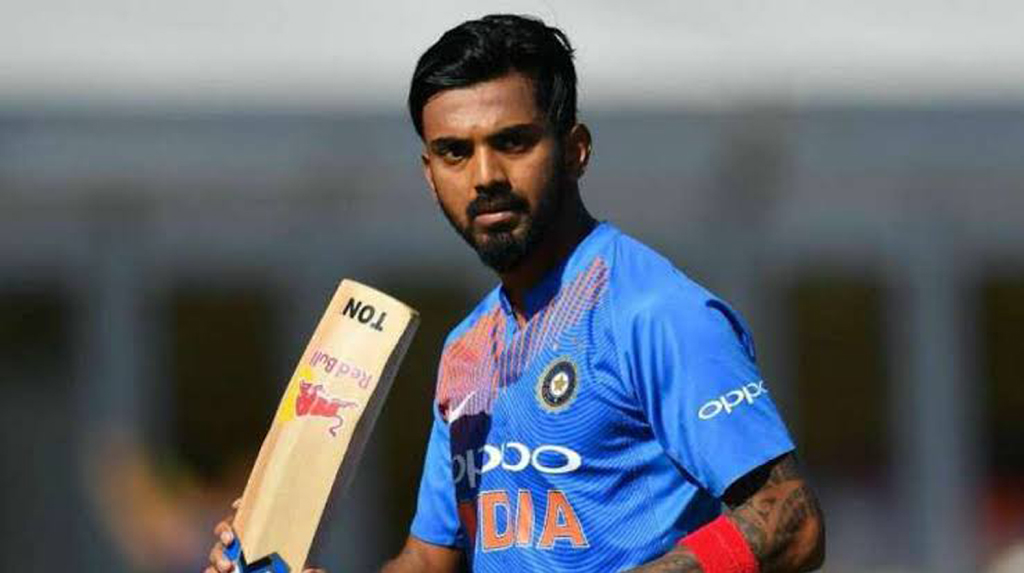By Amresh Kr Srivastava
Its 11 in the morning and the last two Indian villages Jhangar and Makri, on the Line of Control, are shrouded in silence, roads are empty and only thuds of mortar shells falling in the Indian side from Pakistani army can be heard. The smell of gun powder mixed with thick smog envelops the village.
People have taken shelter in bunkers and wait for the shelling to stop so that they can return to their daily work.
Welcome to the second last village Jhangar near LoC in Nowshera. This is a frequent scenario at the border villages like Jhangar and Makri in Nowshera tehsil of Rajouri district in Jammu and Kashmir even eight weeks after Balakot surgical strikes by Indian Air Force on February 27 in a non military, pre-emptive action against terror camps in Pakistan.
Nasreen Bano of Jhangar village says she is still waiting for more government compensation as her house was badly damaged due to heavy shelling two years ago. “My house’s lintel beam was badly damaged but we got only Rs.5,200 as compensation, tell me how I can get my house repaired in this small amount?” Bano sobbed.
She also told UNI that despite government policy they had not been provided with any bunker so far.
Bano shifted from Poonch town to this village for better prospects; she built a house and bought some agricultural land for livelihood. “We live under constant fear of death,” she said. ‘We are eight members in the family and have to go to field for agriculture and fodders for the cattle, my daughter was badly hit in shelling and she was lucky that she survived,” Bano said.
Ceasefire violations
A local resident, Hazi Tufail, was killed during 2017 when, he along with three-year-old grand daughter, was hit by splinters of a bomb. His widow, Zaitun Begum, shifted to Kallar village, a comparatively safer place.
The government should initiate measures so that peace prevails on the border, Bano said but also pointed to frequent ceasefire violations by the enemy side. “The bunker or morcha will help us a lot and that should be provided as soon as possible,” Bano added.
Here, people live in constant fear due to the recurring ceasefire violations by Pakistan. The last Indian village, Makri, is located just behind the Indian Army’s forward posts on the hilltop that are well within the firing ranges of Pakistan. Mortar shells from enemy’s artillery unit easily target Jhangar, which is located two km behind the Makri village.
“Wing Commander Abhinandan Varthaman’s plane was hit in this airspace by Pakistani air force fighter jets, which had entered our airspace. WC Abhinandan shot down a Pak F-16 jet,” ex-army man Roshan Lal, who lives in Makri village, said. “We saw two parachutes ejected from two fighter jets. WC Abhinandan ejected near the hilltop in the Indian airspace near border but his parachute landed in the Pakistani side, may be due to wind speed in that direction.”
Jhangar village is surrounded on three sides by Pakistan and is just 2 km away from Pakistan. The aerial distance is less than a km. There has been no heavy shelling from the Pakistani side in the past fortnight, a local shop keeper in Jhangar said.
Surgical strikes
On April 2, the shelling started around 9 am clock and continued till 12 noon. Everybody locked themselves in but thankfully there was no casualty as mortar shells dropped in agricultural fields, said Vijay Kumar, who works as a porter for the Indian army.
This village was badly hit by Pakistani shelling in September 2016 after the Indian army had undertaken a surgical strike on terror camps. Inadequate numbers of bunkers and safe houses is a major concern here. The government has promised one bunker for each family but the pace of construction is very slow, he added.
Scar of splinters on walls bears testimony to the damage caused by shelling. The lack of infrastructure is a major concern here. There is no mobile network in the absence of a nearby tower. The causalities are more frequent when shelling starts and there is no hospital or health centre for primary treatment or first aid here.
“We understand that mobile towers cannot be installed here due to close proximity to Pakistan but the landline phone can be provided by the government,” Dheeraj, a student, said.
There is an ambulance in Makri but one is also needed in Bhawani village, which can be used by Shergaon and Kadali villages also, a Shergarh resident said. Dheeraj said that they had to go at least 2 km back towards Nowshera side to get the mobile network and call for ambulances or speak to their relatives.
The Army provides medical and some other facilities to the villagers. It keep on organising medical camps under ‘Sadbhavna’ for the locals and even allowed them to have access to the army canteen to buy the daily necessary items except ration.
Strategic assets
Union home minister Rajnath Singh has said many times that the border population was India’s strategic assets. They should be given more importance.
“The day they will migrate…that will not be good for our border security…If locals are not living here, and if border belts become vacant, without habitation, you never know which foreigners come and start their activities and encroachment of the border lands”, the Union home minister said sometime ago while visiting a camp in Nowshera where these villagers were evacuated due heavy and continuous shelling.
The Indian population living here migrated in 1947 after the Partition from the area called Deva Batala in Bhimber tehsil in Pakistan, which is just 3 km from Makri village. “Our parents migrated from Deva Batala in Pakistan and it is just behind these mountains,’ army porter Roshan Lal said, pointing towards the hills on the LoC.
Roshan Lal added: “Earlier, the local population used to go to those areas for jobs and to buy other daily needs, there was a big village market at ‘Saran ka Kila’ now in Pakistan. At that time, there was a ‘kacchi sadak’ and people use to commute either on horses or on foot to reach a market. (UNI)



